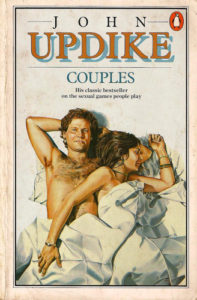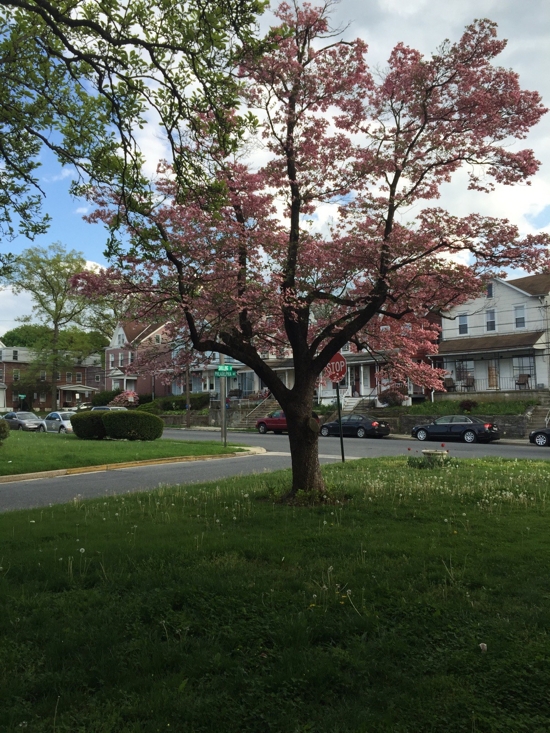Way back in 2012, Mental Floss published a piece by Lucas Reilly titled “Famous Novelists on Symbolism in Their Work and Whether It Was Intentional.” It’s a fun read, because Reilly gets his material from a 16-year-old boy’s query.
“It was 1963, and 16-year-old Bruce McAllister was sick of symbol-hunting in English class. Rather than quarrel with his teacher, he went straight to the source: McAllister mailed a crude, four-question survey to 150 novelists, asking if they intentionally planted symbolism in their work. Seventy-five authors responded.” Reilly includes 12 of them: Isaac Asimov, Saul Bellow, Ray Bradbury, Ralph Ellison, Joseph Heller, Richard Hughes, MacKinlay Kantor, Jack Kerouac, Norman Mailer, Iris Murdoch, Ayn Rand, and John Updike.
In answer to the question “Do you consciously, intentionally plan and place symbolism in your writing?…If yes, please state your method for doing so. Do you feel you sub-consciously place symbolism in your writing?” Updike responds, “Yes—I have no method; there is no method in writing fiction; you don’t seem to understand.”
If that seems testy, consider Kantor’s dismissal of the student’s questionnaire: “Nonsense, young man, write your own research paper. Don’t expect others to do the work for you.”
Asked if readers “ever infer that there is symbolism” in his writing where he “had not intended it to be,” Updike responds, “Once in a while—usually they do not [see the] symbols that are there.”
“Do you feel that the great writers of classics consciously, intentionally planned and placed symbols in their writing?… Do you feel that they placed it there sub-consciously?” Updike’s response: “Some of them did (Joyce, Dante) more than others (Homer) but it is impossible to think of any significant work of narrative art without a symbolic dimension of some sort.”
By the time he got around to answering the fourth question, Updike seemed to feel as Kantor did. Asked if he had “anything to remark concerning the subject under study, or anything you believe to be pertinent to such a study” Updike responded, “It would be better for you to do your own thinking on this sort of thing.”
Reilly’s story was a condensation of “Document: The Symbolism Survey,” written by Sarah Funke Butler and published Dec. 5, 2011 in The Paris Review.










